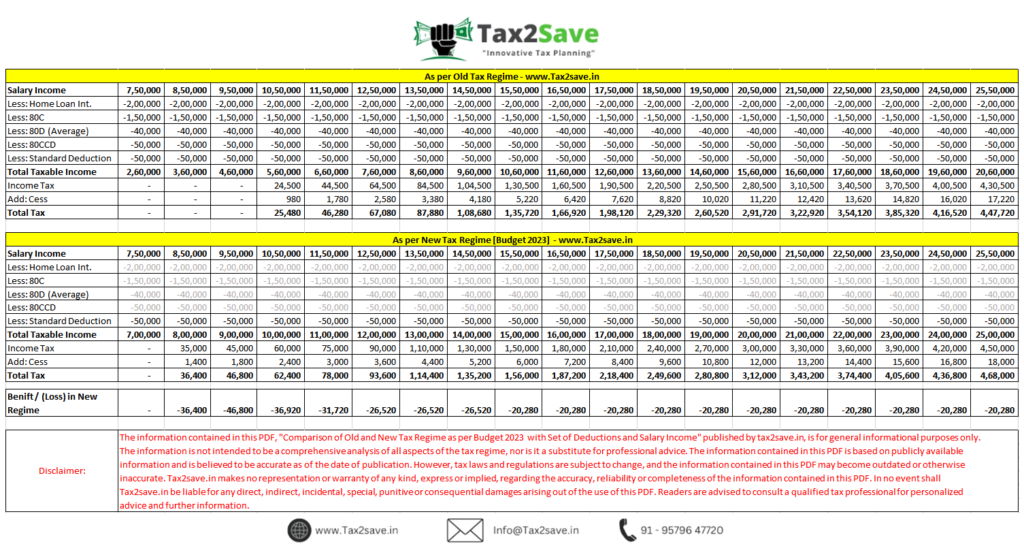Release of Direct Tax Statistics
The Central Board of Direct Taxes (CBDT) has been releasing key statistics relating to Direct Tax collections and administration in public domain from time to time. In continuation of its efforts to place more and more information in public domain, the CBDT has further released Time-Series data as updated upto F.Y. 2021-22.
The key highlights of some of these statistics are as under:
- Net Direct Tax Collections have increased by 121.18% from Rs. 6,38,596 crore in F.Y. 2013-14 to Rs. 14,12,422 crore in F.Y. 2021-22.
- Net Direct Tax Collections have increased by 160.17% from Rs. 6,38,596 crore in F.Y. 2013-14 to Rs. 16,61,428 crore (provisional) in F.Y. 2022-23.
- Gross Direct Tax Collections have increased by over 126.73% in F.Y. 2021-22, reaching a figure of Rs. 16,36,081 crore from Gross Direct Tax Collections of Rs. 7,21,604 crore in F.Y. 2013-14.
- Gross Direct Tax Collections have increased by over 172.83% in F.Y. 2022-23, reaching a figure of Rs. 19,68,780 crore (provisional) from Gross Direct Tax Collections of Rs. 7,21,604 crore in F.Y. 2013-14.
- Direct Tax Buoyancy at 2.52 in F.Y. 2021-22 is the highest Direct Tax Buoyancy recorded over last 15 years.
- Direct Tax to GDP ratio has increased from 5.62% in F.Y. 2013-14 to 5.97% in F.Y. 2021-22.
- The Cost of collection has decreased from 0.57% of total collection in the F.Y. 2013-14 to 0.53% of total collection in the F.Y. 2021-22.
The availability of the Time-Series data in public domain will be useful for academicians, research scholars, economists and the public at large in studying long-term trends of various indices of the effectiveness and efficiency of Direct Tax administration in India. This time series data is available at http://www.incometaxindia.gov.in.

